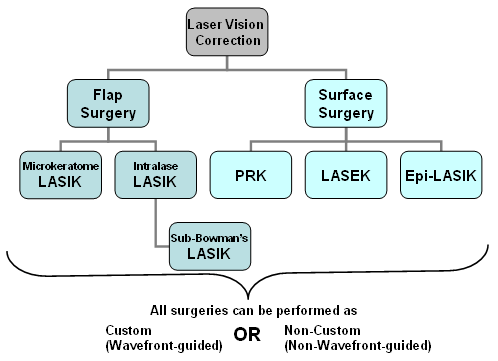Curious Concerning The Distinctions In Between SMILE, LASIK, And PRK Eye Surgical Treatments?
Curious Concerning The Distinctions In Between SMILE, LASIK, And PRK Eye Surgical Treatments?
Blog Article
Material Produce By-Dreyer Vincent
If you've been considering SMILE eye surgical treatment, you could wonder how it compares to LASIK and PRK. Each procedure has its very own collection of advantages and factors to consider. From quicker recuperation times to prospective risks, there are vital distinctions you ought to know prior to making a decision. Understanding these distinctions will certainly help you make an enlightened selection that lines up with your certain demands and assumptions. Curious to know more about just how these procedures contrast in detail? Go on exploring to obtain a detailed understanding of SMILE, LASIK, and PRK.
SMILE Eye Surgical Treatment Overview
If you're thinking about SMILE eye surgical procedure, you'll find it to be a minimally intrusive treatment with a fast recuperation time. Throughout SMILE (Tiny Cut Lenticule Extraction), a laser is utilized to create a little, specific incision in the cornea to get rid of a little item of tissue, improving it to correct your vision. This varies from LASIK, where a flap is produced, and PRK, where the outer layer of the cornea is totally gotten rid of.
One of the key benefits of SMILE is its minimally invasive nature, bring about a faster recovery process and much less pain post-surgery. The recuperation time for SMILE is fairly quick, with several people experiencing enhanced vision within a day or two. This makes it a preferred option for those seeking a hassle-free and efficient vision improvement procedure. Additionally, SMILE has been revealed to have a lower threat of dry eye disorder compared to LASIK, making it a positive choice for individuals concerned about this prospective negative effects.
Differences Between SMILE, LASIK, and PRK
When comparing SMILE, LASIK, and PRK eye surgical procedures, it's important to understand the distinctive strategies made use of in each treatment for vision adjustment.
How Much Does LASIK Cost For Astigmatism (Tiny Laceration Lenticule Removal) is a minimally invasive treatment that involves developing a small laceration to draw out a lenticule from the cornea, improving it to remedy vision.
4 days after cataract surgery (Laser-Assisted In Situ Keratomileusis) entails developing a thin flap on the cornea, using a laser to improve the underlying tissue, and then rearranging the flap.
PRK (Photorefractive Keratectomy) gets rid of the external layer of the cornea before improving the cells with a laser.
The main difference depends on the method the cornea is accessed and dealt with. please click the next internet page is flapless, making it a good choice for people with thin corneas or those associated with contact sporting activities. LASIK uses quick visual healing as a result of the flap development, however it might present a higher threat of flap-related problems. PRK, although having a much longer healing period, avoids flap-related concerns entirely.
Understanding these differences is vital in selecting the most appropriate procedure for your vision modification requirements.
Pros and Cons Comparison
To evaluate the advantages and downsides of SMILE, LASIK, and PRK eye surgeries, it's essential to think about the certain benefits and prospective restrictions of each procedure. SMILE surgery offers the advantage of a minimally intrusive treatment, with a smaller sized laceration and potentially quicker recuperation time contrasted to LASIK and PRK. It likewise minimizes the threat of dry eye post-surgery, an usual side effect of LASIK. However, SMILE may have restrictions in dealing with higher levels of nearsightedness or astigmatism contrasted to LASIK.
LASIK surgical treatment gives quick visual recuperation and minimal discomfort during the treatment. It's extremely efficient in treating a variety of refractive mistakes, consisting of nearsightedness, hyperopia, and astigmatism. Yet, LASIK carries a danger of flap issues, which can affect the corneal framework.
PRK eye surgical treatment, while not as preferred as LASIK, avoids developing a corneal flap, minimizing the threat of flap-related difficulties. It appropriates for people with thin corneas or irregular corneal surface areas. Nonetheless, PRK has a much longer recuperation time and might entail much more pain throughout the recovery process.
Verdict
So, when it involves picking between SMILE, LASIK, and PRK, think about it like picking the ideal pair of shoes. Custom LASIK Vs Traditional LASIK resembles a streamlined, comfy set of sneakers - quick and simple.
LASIK is more like fashionable high heels - showy and quickly, yet with some possible risks.
PRK is like strong hiking boots - dependable and sturdy, yet needing a bit even more effort and time.
Eventually, the most effective choice depends on your individual needs and choices.
